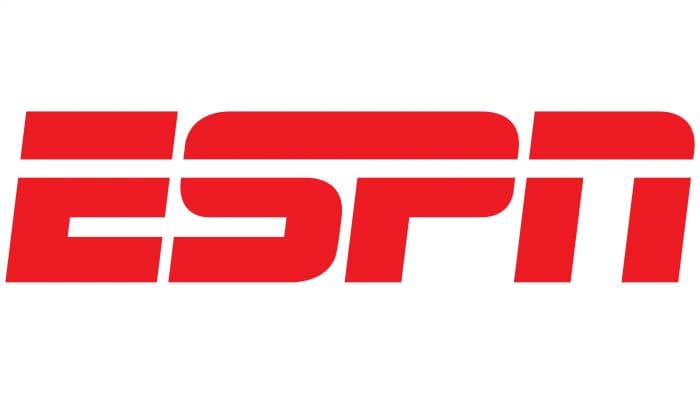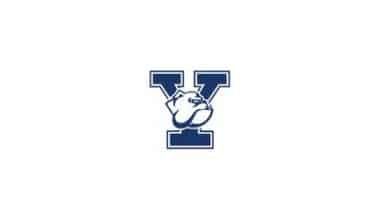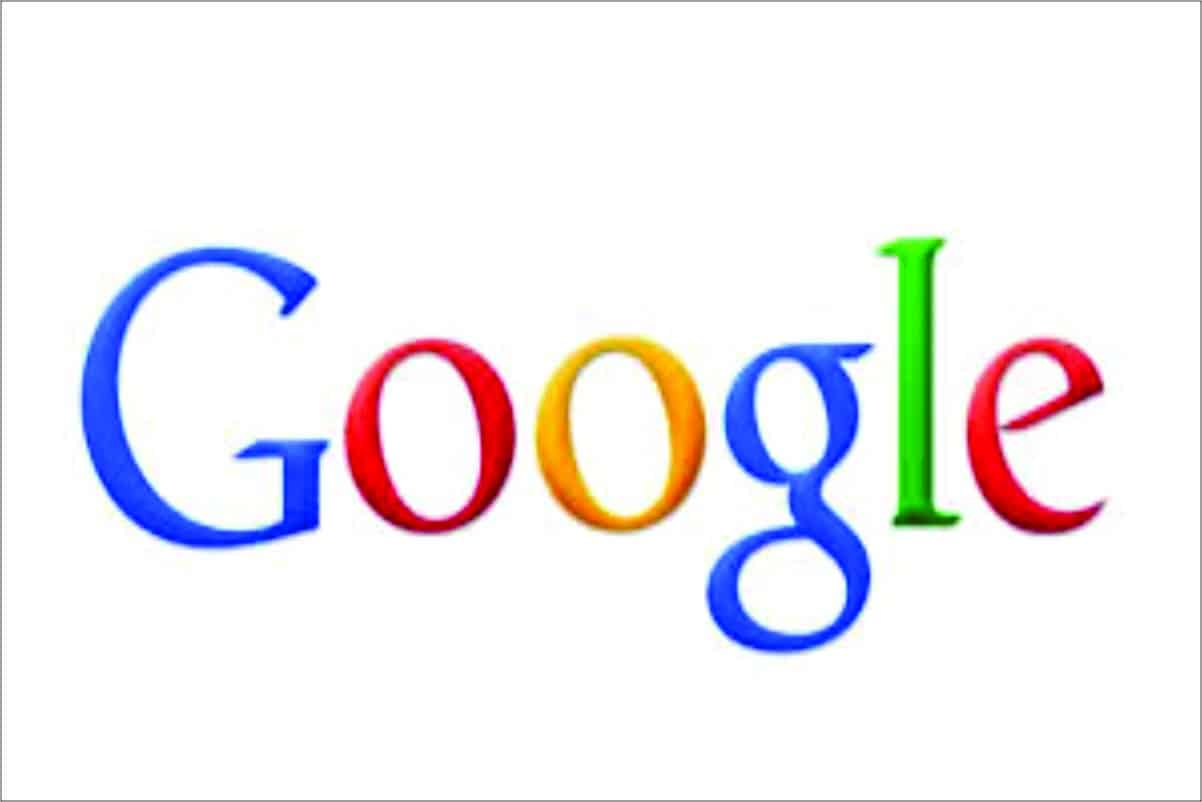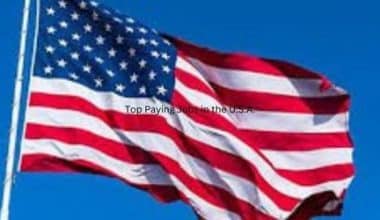The current ESPN logo is well known to many sports fans all over the world. It’s a memorable representation of the sports network. Have you ever wondered what the ESPN logo represents or who designed it?
While some companies go for elaborate designs that include various symbols with hidden meanings, the ESPN logo appears simple at first glance. However, as it turns out, there’s a lot more to the basic design than meets the eye. Here’s what the ESPN logo represents, how it’s evolved over time, and its design elements.
What is ESPN?
It is a sports-focused television network in the United States. ESPN is an abbreviation for Entertainment and Sports Programming Network.
Who is the owner of ESPN?
ESPN, one of the most well-known sports cable television channels in the United States, is owned by The Walt Disney Company and Hearst Corporation.
What Does ESPN Stand For?
An orange rounded rectangle encircled the original ESPN logo. Orange is known to elicit agitation and excitement in people, which is exactly what ESPN’s owners wanted from the logo. It helped viewers anticipate the excitement of the sporting events shown on the network.
The text in the logo is the original red. While the design may appear simple, the color is a powerful symbol. Because ESPN is a sports network, red represents power and passion—elements that make sporting events more interesting.
The white background represents purity. Viewers expect competitive players to be honest and trustworthy because the younger generation looks up to them as role models.
The Evolution of the ESPN Logo
The current version of the ESPN logo was created in 1985. It’s an abbreviation written in a sleek signature font. A space separates the top and bottom parts of the acronym.
The design’s minimalism unquestionably enhances the logo’s effectiveness. The acronym is usually red on a white background, or vice versa. White represents purity and excellence, while red represents passion and power.
1979
The first ESPN logo appeared in promotion as an orange ring that started small and quickly expanded to reveal ESPN’s acronym. There were hints of the white mark that would cut through the ESPN acronym in this version. However, it was more of a reflection effect than the striking line appearing later.
1970s
The 1981 logo was simple and logical, using the same font as the original 1979 version. It was a simple uppercase, red ESPN acronym surrounded by a thick orange ring on a white background. Orange has long been known to agitate viewers, which is why fast-food restaurants such as McDonald’s use it.
Fast food psychologists discovered that orange encourages people to eat faster and probably eat more food. Orange helps fast-food restaurants keep customers engaged and looking forward to what’s next when clearing out tables for new customers. And orange may prime people to order more McDonald’s while watching sporting events.
Like the red writing in your bible, the red wordmark allegedly forces viewers to notice the ESPN logo. Because our blood is red, viewers are primed to experience the love and passion of televised sporting events in America and around the world. White symbolizes purity, dependability, saintliness, and integrity.
1985
ESPN debuted a new logo in 1985, most of which can still be seen today. However, a portion of that logo mysteriously vanished.
The 1985 version features a black wordmark on a white background, with a line cutting the topmost part of the wordmark to create an unbroken white line through ESPN. This indicates that the acronym ESPN is consistent.
Because the lines draw our attention, particularly in the top part, they appear to indicate a forward motion from the first to the last letter, especially when reading the text. As a result, the ESPN logo creates a sense of anticipation and excitement in viewers.
The 1985 ESPN logo allegedly included a red swoosh that began in the left bottom corner and arched over the stylized acronym toward the right upper corner. This swoosh is the shortest and thickest to the leftmost part of “E” and then thins out over the logo, going above and back down to just past “N.”
Most of us are familiar with the NIKE swoosh, but the ESPN swoosh was not designed similarly because it was tossed and turned on one side—tweaked as much as a swoosh can be.
The swoosh wasn’t used all that frequently. The ESPN wordmark appeared in various colors in some on-screen advertisements. But it was clear that the cut through the acronym wasn’t going anywhere.
2003
Nike is thought to have never taken legal action against ESPN over the modified swoosh used in sports promotion. However, there may or may not have been a violation of the law. However, the swoosh would eventually be phased out, leaving only the ESPN logo as we know it today.
The colors of the ESPN logo also changed, from a red wordmark with a white border on a black background to a red wordmark on a white background, or vice versa.
Who Designed the ESPN Logo?
In 1978, Aldo Novarese created the original ESPN logo using the Stop font. There were some changes made in 1985. The white mark shot up in a long arc, cutting through all the letters. The sweeping stroke was intended to increase the psychological impact of the emblem on viewers.
Other changes included a brighter red color that conveyed tension and urgency. It aided in instilling excitement in the target audience ahead of the upcoming televised sporting events.
ESPN is an abbreviation for the Entertainment and Sports Programming Network. Before changing its name, co-founder Bill Rasmussen called it ESP. The reasoning behind naming it with only three characters was to elevate the sports network’s profile to that of NBC, ABC, and CBS.
Before its launch, the network’s name was changed to ESPN-TV before being shortened to ESPN. To distinguish the web from others, the “N” was added.
The first ESPN logo appeared in 1978, but it was seen on television in the fall of 1979. The original ESPN logo was a muted red on a white background with an orange border spelling out the ESPN acronym.
This logo was used until 1985 when the modern version we all know and love were designed. The letters S and P remained unchanged, but E and N were altered.
Who Founded ESPN?
Ophthalmologist Ed Eagan, sociologist Scott William Rasmussen, and his father, William F. Rasmussen, founded ESPN. They collaborated with Bob Beuys to create the Entertainment and Sports Programming Network.
When was ESPN Launched?
The new Entertainment and Sports Programming Network brand was registered in 1978. On September 7, 1979, the sports channel ESPN debuted.
Elements of ESPN Logo Design
Shape and font: The first version of the ESPN logo, introduced in 1979, was a rounded rectangle with the acronym ESPN inside.
The current ESPN logo was introduced in 1985 and quickly became one of graphic design’s most recognizable stylized wordmarks. There was also an ESPN logo with a swoosh around the wordmark in use at the time. It appears to have vanished in 2003.
Colors: The red in the ESPN logo represents the love and passion for the sports the network broadcasts, while white represents purity, integrity, and dependability.
ESPN’s Evolution
Bill Rasmussen founded ESPN in 1979 to broadcast sports in Connecticut through a cable channel called Entertainment & Sports Programming Network. The NCAA, Anheuser-Busch, and Getty Oil got involved with the town’s newest cable channel.
ABC, an American television network, purchased a controlling interest in ESPN in 1984. Walt Disney purchased the combined company in 1996 following the merger of ESPN and Capital Cities Communications.
In May 1978, shortly after being fired as the communications director for the New England Whalers, Rasmussen devised a plan to produce Connecticut sporting events for the state’s cable network. They went beyond that with their son Scott, considering the creation of a national sports TV channel.
ESPN was granted sports broadcast rights on February 7, 1979. Bill Rasmussen was able to secure cable companies the following day. There were ongoing discussions about an advertising deal with Anheuser-Busch at the time. ESPN’s main financier, Getty Oil, joined the board.
Read Also: Twitch Logo: Meaning, Evolution, History
The following year, Rasmussen purchased the first parcel of land for ESPN’s headquarters in Bristol, Connecticut. With a $1.4 million advertising contract, Anheuser-Busch became the primary sponsor. Getty Oil invested $10 million in the company, gaining control in 1979.
ESPN debuted on September 7, 1979, with limited programming during the week and 24 hours on weekends. At its launch, ESPN signed up 625 cable network affiliates, and 1 million households (about 5% of households) subscribed to the service. The first game on ESPN was a world series softball game between the Kentucky Bourbons and the Milwaukee Schlitz.
The ESPN headquarters were first laid out in 1980. The first full-time broadcast began in September 1980. Different programming at the time included weekly boxing matches.
Chet Simmons, then-President of NBC Sports, was recruited to help run ESPN. With Getty Oil executives siding with Simmons, Rasmussen, and Simmons were at odds. By the end of 1980, Rasmussen had been replaced as ESPN president by Stuart Evey of Getty Oil. Rasmussen left in 1981 and sold his remaining stake in 1984.
Getty Oil invested an additional $150 million in ESPN without expecting any profits shortly and hired management consulting firm McKinsey & Co. to assess the company’s future. According to McKinsey’s head consultant Roger Werner, ESPN would turn a profit with an additional $120 million in five years.
Read Also: Billie Eilish Logo: What Does the Logo Mean?
Werner was quickly hired as ESPN’s vice president of administration, planning, and finance and devised a new business plan. Werner created a new revenue stream besides advertising by introducing innovative affiliate fees paid to subscribers by cable operators starting at 6 cents. By 1982, ESPN had persuaded most hesitant cable companies to pay. By 1985, the price had risen to ten cents.
ESPN had 28.8 million subscribers by the end of 1983, making it the largest cable TV channel in America. In the same year, the company began distributing programming internationally. ESPN purchased a 14% stake in ABC, Inc. in January 1984, followed by a controlling stake in June. Capital Cities Communications purchased ABC in early 1986, forming Capital Cities/ABC Inc. Werner was named CEO and President of ESPN.
Network with Multiple Channels
The network began expanding into new countries and launching new channels. ESPN International was founded in 1988 to launch channels in other countries, starting with ESPN South America in 1989. ESPN Asia was established in 1992. It collaborated with Canal+ and TFI to launch a revamped Eurosport in Europe.
Hearst Corporation purchased RJR Nabisco’s 20% stake in ESPN. Werner resigned as ESPN CEO and President in October 1990 to take a similar position with another organization. Steve Bornstein was promoted to CEO of ESPN from his position as executive vice president of production and programming.
ESPN launched its radio network in 1991, with 16 hours of programming per week. The ABC Radio Network made this possible. ESPN purchased Ohlmeyer Communications’ sports programming division in March 1993. ESPN launched ESPN2 on October 1, 1993. The channel was targeting audiences between 18 and 34 at the time.
In 1994, the company purchased Creative Sports and an 80% stake in SportsTicker. ESPN purchased Classic Sports Network in 1997.
ESPN purchased North American Sports Network in 2006, renaming it ESPN America on February 1, 2009.
Disney purchased a 33.3% stake in BAMTech for $1 billion in 2016, with the option of acquiring a majority stake later, which it did, and now owns 75%. Disney purchased the holding to launch an ESPN-branded streaming subscriber service, later dubbed ESPN+.
Bottom Line
In full, ESPN (Entertainment & Sports Programming Network) is a globally renowned American television network widely regarded as the world’s leading sports-related coverage and programming provider.
The sporting network was founded on September 7 and now employs over 5,700 people worldwide. According to estimates, it is the most valuable media company in the world, with total assets worth at least $40 billion.
Related Articles
- Dave Portnoy: Biography, Net Worth, & All You Need
- Dave Portnoy: Biography, Net Worth, & All You Need
- Money Management: Top 10+ Easy Tips to Becoming a Pro
- NETFLIX COMPETITORS: Who are they? (Competitor Analysis & Stock)
- NIKE LOGO: The Story Behind Great Branding!!!






